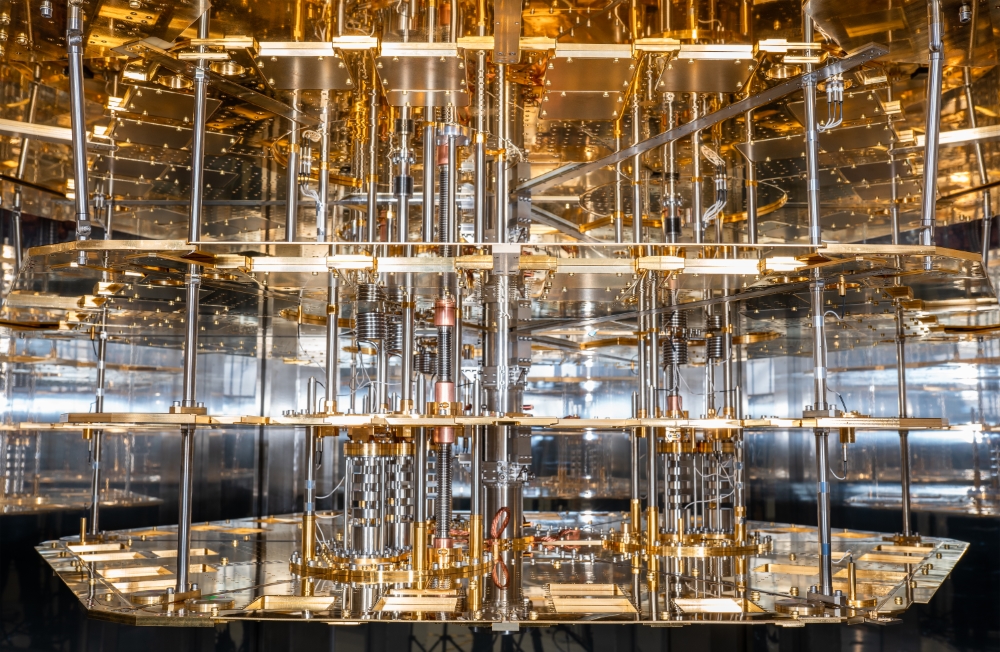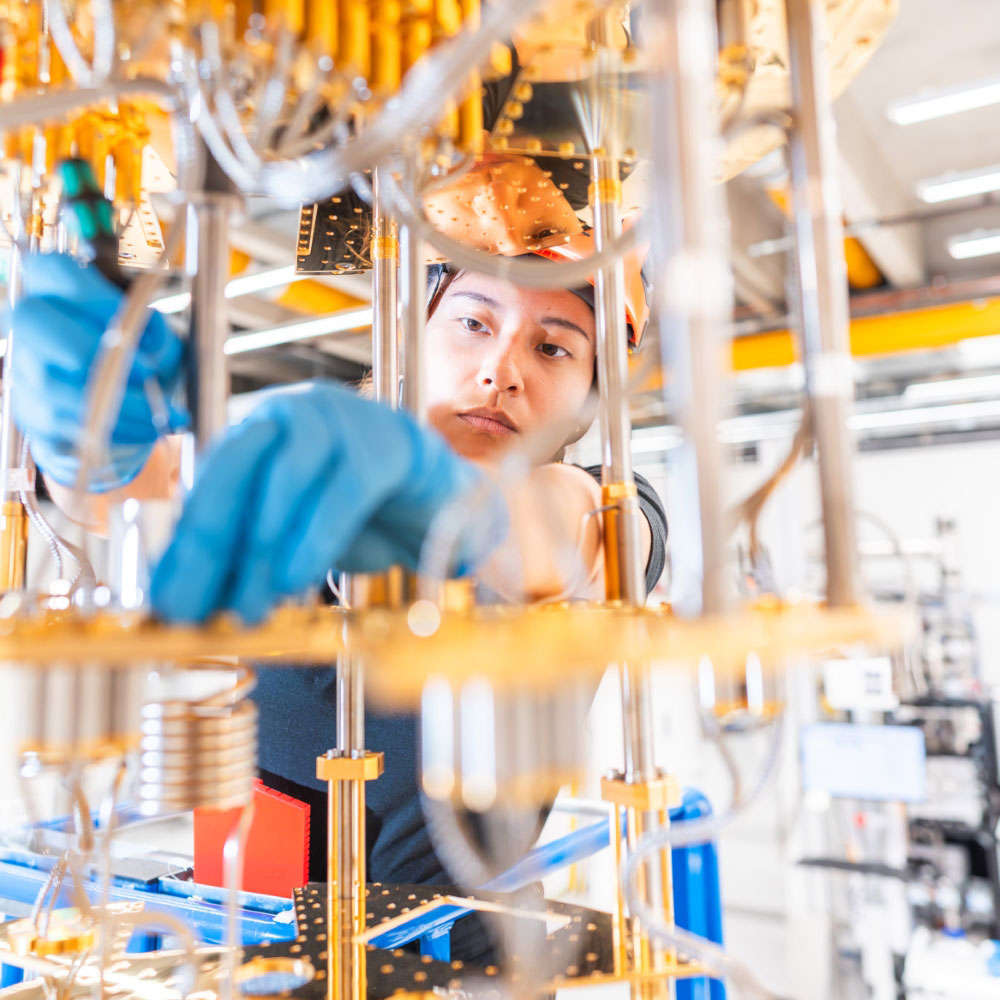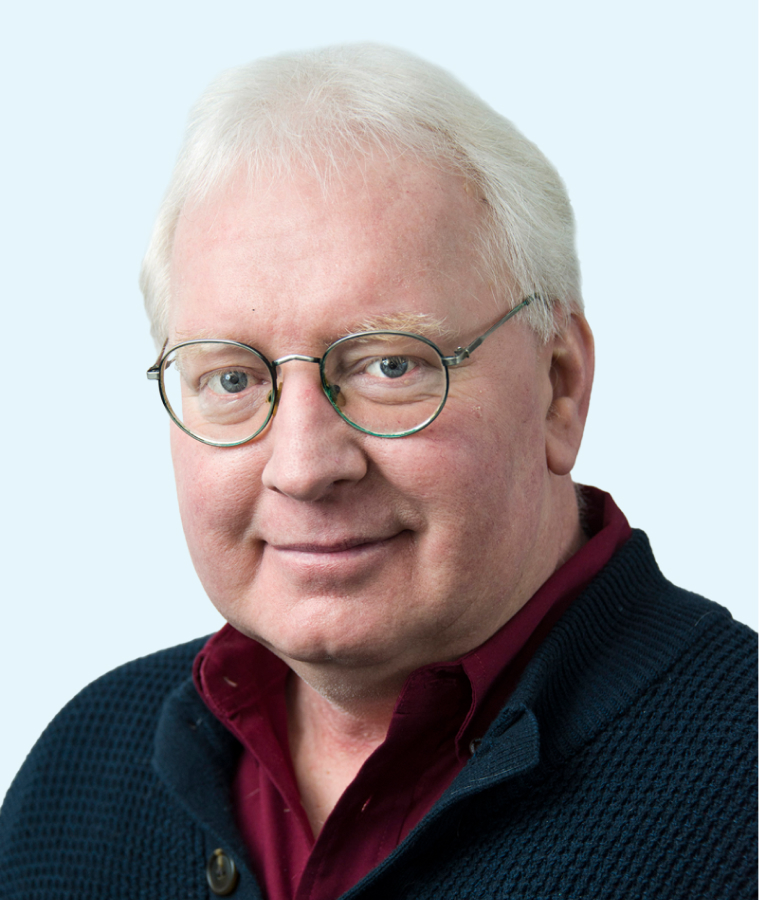Illinois is poised to become an AI leader with top-end data centers and a quantum ecosystem.
From data centers to cryostat production, Illinois is in high-growth mode when it comes to attracting and growing high-tech companies and the talented workers they employ.
Chicagoland now ranks as the fourth largest colocation data center market in the nation and is poised to climb even higher up the charts in colocation facilities, cloud computing and AI hyperscale projects.
With recent major investments from CyrusOne, Compass Data Centers and Edged, Illinois proves that the growth in this sector is just getting started. CyrusOne recently topped out a new 18-MW facility in Aurora, where the company now has two data centers spanning 500,000 sq. ft. The firm plans to invest up to $1 billion statewide and recently broke ground on an additional $350 million, 40-MW facility in Aurora.
Compass, meanwhile, is converting an old Sears headquarters campus in Hoffman Estates into a $10 billion, 200-acre hyperscale complex. Earlier this year, Edged open its new ultra-efficient, 96-MW campus in Aurora, where the company so far has invested $166 million into digital infrastructure on the 65-acre site west of Chicago.
These investments into building digital infrastructure are not an anomaly in Illinois. According to the Conway Projects Database of Site Selection Magazine and Conway Data Inc. in Atlanta, 50 new data centers have been announced in Illinois since the beginning of 2020. Eight of them cost $1 billion or more.
The largest is the T5 Data Centers project which was announced last December in Grayslake in Lake County. Upon buildout, this complex will take up over 4.16 million sq. ft., employ 800 full-time workers and cost more than $10 billion.
CloudHQ, Microsoft, Equinix and CyrusOne are all investing $2 billion or more into new data centers across northern Illinois. Other big investors include Meta, Aligned, Stack, Prime Data Centers, Digital Realty Trust, QTS Data Centers, CoreWeave, SkyBox and more.
John McWilliams, head of data center insights at Cushman & Wakefield, says to get used to it. “Chicago is ranked No. 9 globally among established data center markets,” he says. “Chicago has a history of success in this sector. There are a lot of large players in that market, with 39 different operators there.”
Alex Smith, executive vice chair at Cushman & Wakefield, adds, “It comes down to where you can site projects in Illinois. Elk Grove and Hoffman Estates work for cloud campuses. Generally, data center operators need to be in a city of at least 100,000 people, have access to readily available power and be close to highways.”

The inner workings of a Bluefors Labs facility in Chicago.
Photo courtesy of Bluefors Labs
For those reasons, parts of southwestern Illinois work well for data centers, Smith says. “Interstate 55 is a major fiber provider,” he notes. “There is a lot of power in southwest Illinois. We have identified several sites ready for development there.”
A Power Plant for Bits & Bytes
Phil Clement, president and CEO of World Business Chicago, says the factors that attract data centers to Greater Chicago are many. “We rank seventh nationally for performance across key categories such as connectivity, power availability and infrastructure. Chicago’s data center market benefits from the region’s strong economic fundamentals, strategic location and unmatched connectivity,” he says.
As of Q4 2024, Chicago employed more than 15,000 people in IT and data center operations, reflecting a nearly 2% increase over the previous year. Moreover, this sector is projected to experience 12% job growth by 2028, adds Clement.
“Chicago’s electric power situation further strengthens its appeal,” says Clement. “With average electricity rates of 16.1 cents per kilowatt-hour as of December 2024, the region offers competitive energy prices compared to other major metros. This, combined with the city’s comprehensive utility infrastructure, ensures reliable and affordable power for data centers. Additionally, Chicago’s central location and access to critical infrastructure, including fiber-optic networks and transportation hubs, make it an ideal location for businesses requiring low-latency connectivity and strong disaster recovery capabilities.”
None of this growth can happen without workforce and power. Brookings Metro recently published a report showing the U.S. metros that are primed to support the most AI capacity. Two of them are in Illinois: Chicago-Naperville-Elgin and Champaign-Urbana. Chicago excels because it ranks third nationally in science and engineering bachelor’s degrees; sixth in PhDs; and eighth in patents. Champaign-Urbana ranks eighth in PhDs; eighth in publications; and 90th in patents.
On the electric power front, two major utility companies — ComEd and Ameren Illinois — take the lead. Ed Sitar, senior manager of economic development at ComEd, says, “We continue to see unprecedented demand on the number of data center projects and the size and scale of these projects. Our pipeline is very robust. We have active projects as far north as Grayslake and Rockford, and we have projects in the south too.”
To service this growth, ComEd embarked on an 11-project, $1 billion capital investment to expand transmission and bring enhanced reliability and power to data centers moving to the region. On July 15, ComEd cut the ribbon on a new substation in Itasca. “ComEd has one of the most reliable grids in the nation, and that is a direct result of investments like this one that we are celebrating today,” said Gil Quinones, president and CEO of ComEd.
Eric Whitfield, economic development director for Ameren, says that “with the AI boom, we have seen an uptick in our data center activity downstate. There are about nine projects in the pipeline where they have put down a deposit while we do a study on the power impact. None of the large-scale data centers have been built yet in central or southern Illinois in the past two years, but we think there is great opportunity for that to happen here.”
Scaling the Quantum Universe
Data centers aren’t the only industry creating high-wage, high-tech jobs in Illinois. Across the state, emerging industry sectors like cryostat production are taking hold. Case in point: Bluefors Labs recently announced that it is opening a new lab facility in Chicago.
Bluefors enables customers working with quantum technology to test hardware and software without the need to invest in a complete cryogenic measurement system of their own. The goal is to support and further the growth of the quantum computing sector that is expandingly rapidly in Chicago and Champaign-Urbana (see p. 46).
In another significant advancement, EeroQ announced that it would locate its new quantum headquarters in Chicago’s Humboldt Park community.
“Illinois is on a mission to be at the center of this industry,” Gov. JB Pritzker said. “We are proud that EeroQ made the decision to make Chicago their headquarters and to put this remarkable research and development facility here. It means that we will see many more billions in new investment and thousands of quality, high-paying jobs that will grow our economy and create new opportunity for Illinois’ working families.”
Founded in 2017, EeroQ is constructing a commercial-scale quantum computer using electrons floating on top of liquid helium by using today’s existing chip fabrication technology. This method enables EeroQ to scale rapidly and with resource efficiency.
The Pritzker Administration supports the advancement of high-tech industries through a variety of programs. One is the Venture Investment for Semiconductor Technology Advancement (VISTA) program funded by the U.S. Department of the Treasury. The governor recently announced $20 million in VISTA grants to support semiconductor technology in Illinois.
The VISTA initiative is part of the Illinois Department of Commerce and Economic Opportunity (DCEO) program known as the Illinois Innovation Venture Fund (INVENT), which has $114 million to spend on projects aligned with the Federal CHIPS and Science Act.

